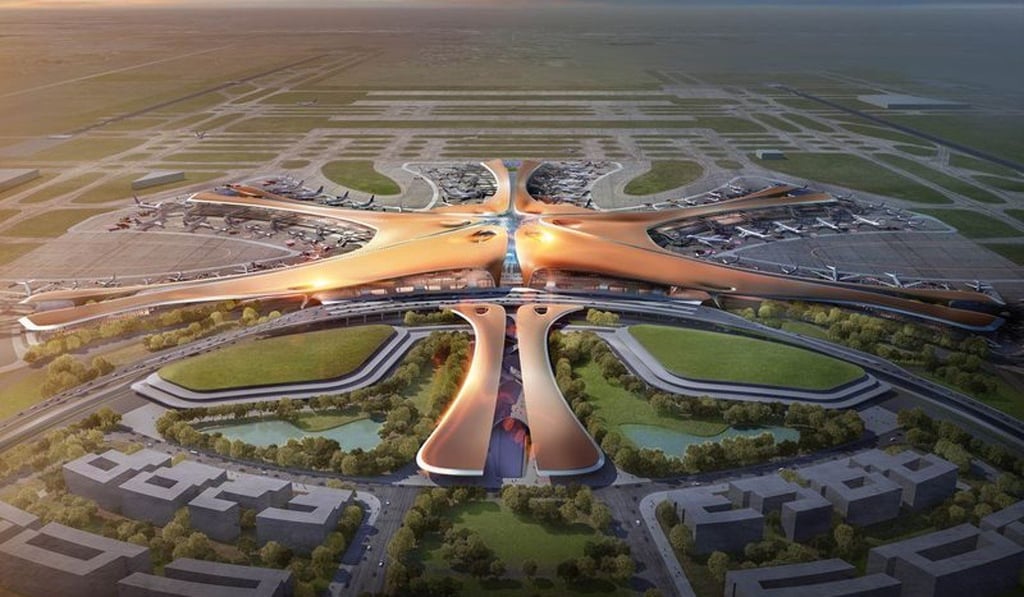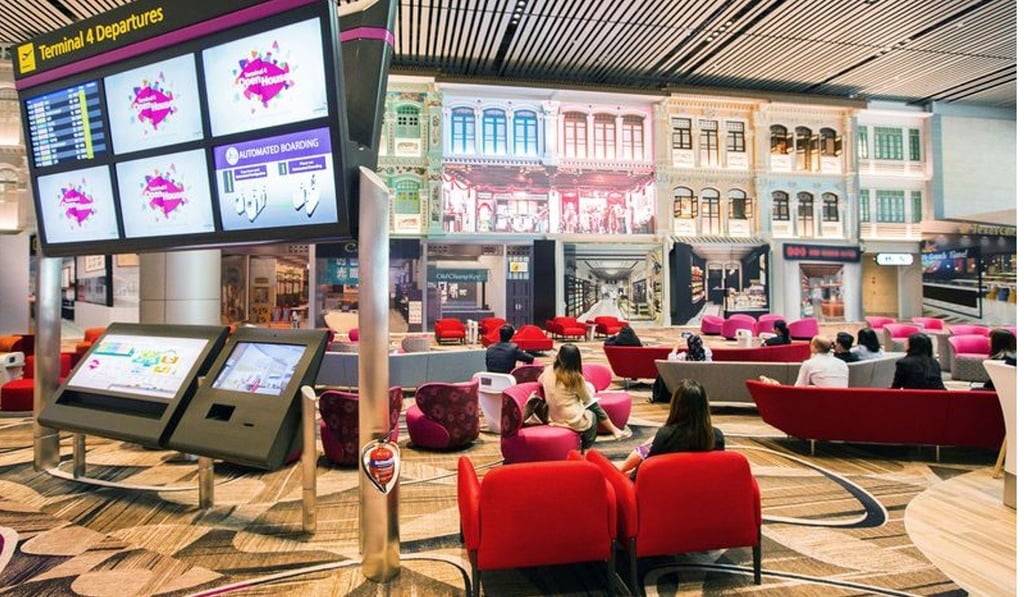Global airport investment boom to upgrade Asian travel – and threaten Singapore and Hong Kong’s status
A global airport spree will help connect travellers in Asia to, and from, the rest of the world
For decades, Singapore and Hong Kong have reigned supreme: as key transit points connecting travellers in Asia to and from the rest of the world. But now, a US$1 trillion global airport spree is threatening the status quo.
About half that money is due to be spent on upgrading or building new airports in Asia, the Sydney-based CAPA Centre for Aviation estimates. In Beijing, a new US$12.9 billion airport due to open in 2019 will turn China’s capital into one of the world’s biggest aviation hubs.

Bangkok’s Suvarnabhumi Airport is set for US$3.5 billion of upgrades through 2021 including a third runway. South Korea’s Incheon International Airport is spending US$4.5 billion on a second terminal as it aims to become “the world’s leading mega-hub airport.”
As part of efforts to keep up, Singapore’s Changi Airport this month unveiled a US$950 million fourth terminal. Hong Kong, meanwhile, plans to fill in part of the South China Sea to make room for a third runway — at a cost of HK$141.5 billion.

“It’s a race between global hubs,” said Torbjorn Karlsson, partner in the civil aviation practice at Korn Ferry International in Singapore. “The question is who are going to be the big winners.”
According to CAPA research published July 20, about US$255 billion is currently earmarked to build new airports worldwide, with another US$845 billion to be spent on upgrades such as extra runways and terminals. All told, the construction work stretches out to 2069, CAPA said.
New airports in Asia will soak up more than US$125 billion, compared with just US$3.6 billion on brand new sites in the U.S. and Canada, CAPA said.